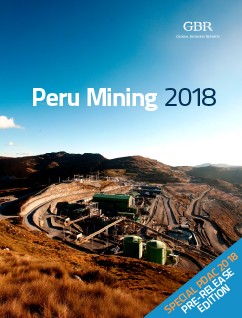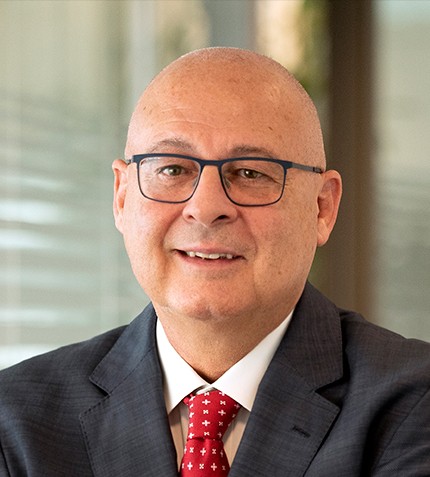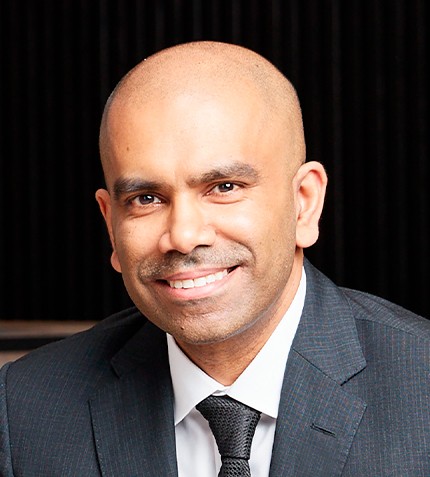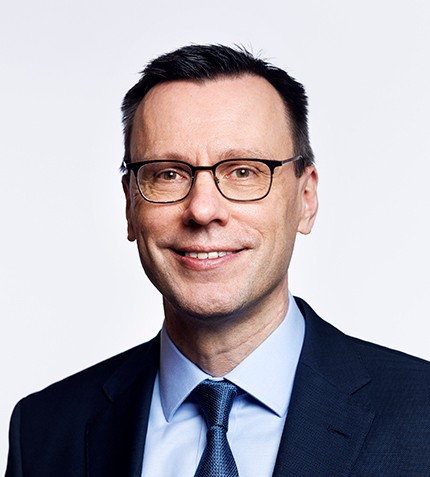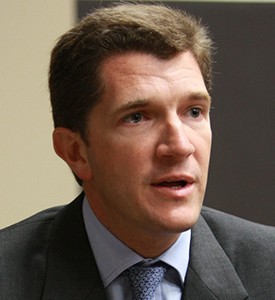
"Crypto-currencies are taking funds away from gold and silver."
RELATED PUBLICATION
ARTICLES FROM THIS PUBLICATION
Ignacio Bustamante
CEO, HOCHSCHILD MINING
Can you give us a brief overview of Hochschild’s operations in 2017?
2017 was a very positive year for the company with our production figures exceeding our initial guidance. Production was at a company record 38 million ounces (oz) of silver equivalent, 1 million oz higher than expected and we expect the same figure in 2018. Inmaculada continues to be our strongest asset, delivering 17 million oz/y, with Pallancata delivering 7.5 million oz/y. The all-in sustaining cost (AISC) for 2017 are guided to be between $12.2/oz and $12.7/oz. In 2018, the AISC guidance is between $13/oz and $13.4/oz.
What explains the production cost increase for this year?
Firstly, there are certain pressures on currencies, for example in Argentina, with inflation continuing to be higher than devaluation. Furthermore, the development of the Pablo mine at Pallancata was due to start in 2017 but as permits were delayed, the development cost will be loaded into 2018. Additionally, we have a large capex project to install a hydraulic backfill system in Argentina at a cost of $13 million as well, which should bring significant savings once it starts operating. There are also other factors including increased labor costs, contractor prices and other external pressures.
What are the main pillars of Hochschild’s strategy for the coming months?
First, we are focusing on our brownfield sites, and we have already started drilling aggressively to increase our current resources. We currently have spare capacity in Arcata, Pallancata and at the Ares plant, so the impact of this brownfield investment is potentially very high. Furthermore, we have also restarted our greenfield program, with the drilling of the Fresia project this year. We are planning on drilling four to six greenfield projects in Peru, Chile and the USA in 2018. We have put aside $10 million for exploration programs in these sites. Our approach in this respect has changed, as we used to operate these projects through regional offices, but this was expensive and so we are now leveraging joint ventures with local companies that have good expertise.
How has the market taken to Hochschild’s plans to diversify, especially in regards to cobalt?
We will continue to differentiate ourselves as a precious metal producer with silver and gold as our most important products. In regards to cobalt, we have invested in Cobalt Power Group, a company active in an area that was known to be silver rich in Ontario. With cobalt prices rising, we believe this investment could provide significant upside. We are currently the minority shareholder but if they find something good, we have the right to acquire it.
What is the current financial position of the company, and what impact will Pablo have on this?
Before Inmaculada started producing, our net debt to EBITDA ratio was in the 5-6 range. However, this year it is down to 0.35, representing very little debt and a very strong balance sheet. We had issued bonds for the construction of Inmaculada when the market was not favorable, at an interest rate of 7.75%, but now we have been able to repay those bonds and have replaced them with a $200 million loan at 2% interest, which obviously will have a very positive impact on our P&L.
Pablo’s development will be a $30 million investment. In 2017, total production in Pallancata was 1,400 metric tons per day (mt/d). Through incremental expansions, we will reach 2,800 mt/d by Q3 2018, and production will stabilize at that rate. 2017 was a great year for Pallancata as it was very profitable, with the development of the higher-grade Pablo Pisos areas. Although the grade will now fall with the development of the main body, the tonnage will increase and so will production, from 7.5 million oz/y to approximately 9.5 million oz/y.
How do you think silver and gold will behave in 2018?
We are very positive about the potential upside of precious metals in the long term. There will be significant pressure on the supply side, resulting from the reduced exploration efforts and the relative lack of exploration success all over the world. What is more difficult to estimate is the demand side, as this is strongly dependent on the U.S. economy and its interest rates. There is also the impact of crypto-currencies, which are currently taking funds away from gold and silver. It is difficult to predict what will happen in the short-term, but we believe that this will be corrected and will stabilize in the medium to long-term.
What will be the highlights for Hochschild in 2018?
We hope to continue delivering at our brownfield sites as we have all the permits in place. We are also going to expand our drilling programs and will look to incorporate more greenfield projects into our portfolio. In regards to Inmaculada, we have recently found nine new structures, and we will continue to drill these areas, at a narrower mesh to define the resources. If we are able to justify 50 million oz of resources, we may be able to increase Inmaculada’s plant capacity to 4,200 mt/d. A potential expansion to 5,000 mt/d would require resources of around 100 million oz, so we will continue working aggressively on our exploration plans.




